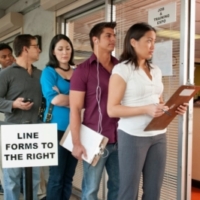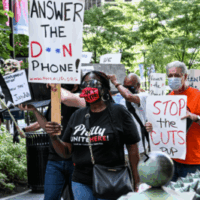Summary
On July 15, 2020, Rebecca Dixon testified before the U.S. House of Representatives, Committee on the Budget on the need for federal investments in unemployment insurance technology. Immediate federal reforms together with a number of immediate and near-term measures at the state level will help improve unemployment insurance technology performance now and as the economic downturn and the pandemic continue.
Related to
Related Resources
All resourcesCase Study: How Virginia Worker Advocates Advanced Unemployment Insurance Reform in a Divided State Government

Policy & Data Brief
Letter on Making Reforms to Virginia’s Unemployment Insurance System

Comments & Letters
Letter on Rescinding Funds for Improving Unemployment Insurance Systems

Comments & Letters

